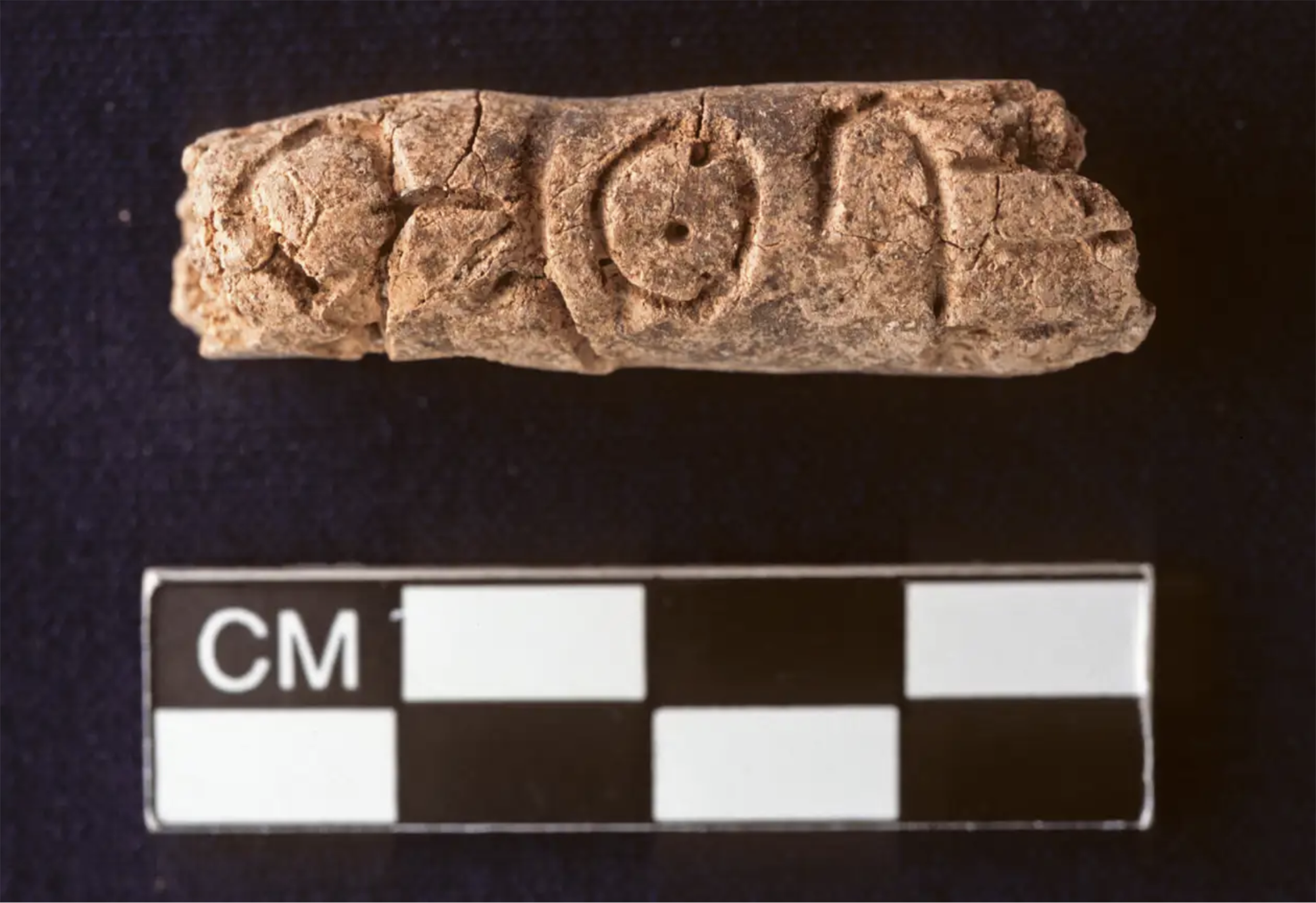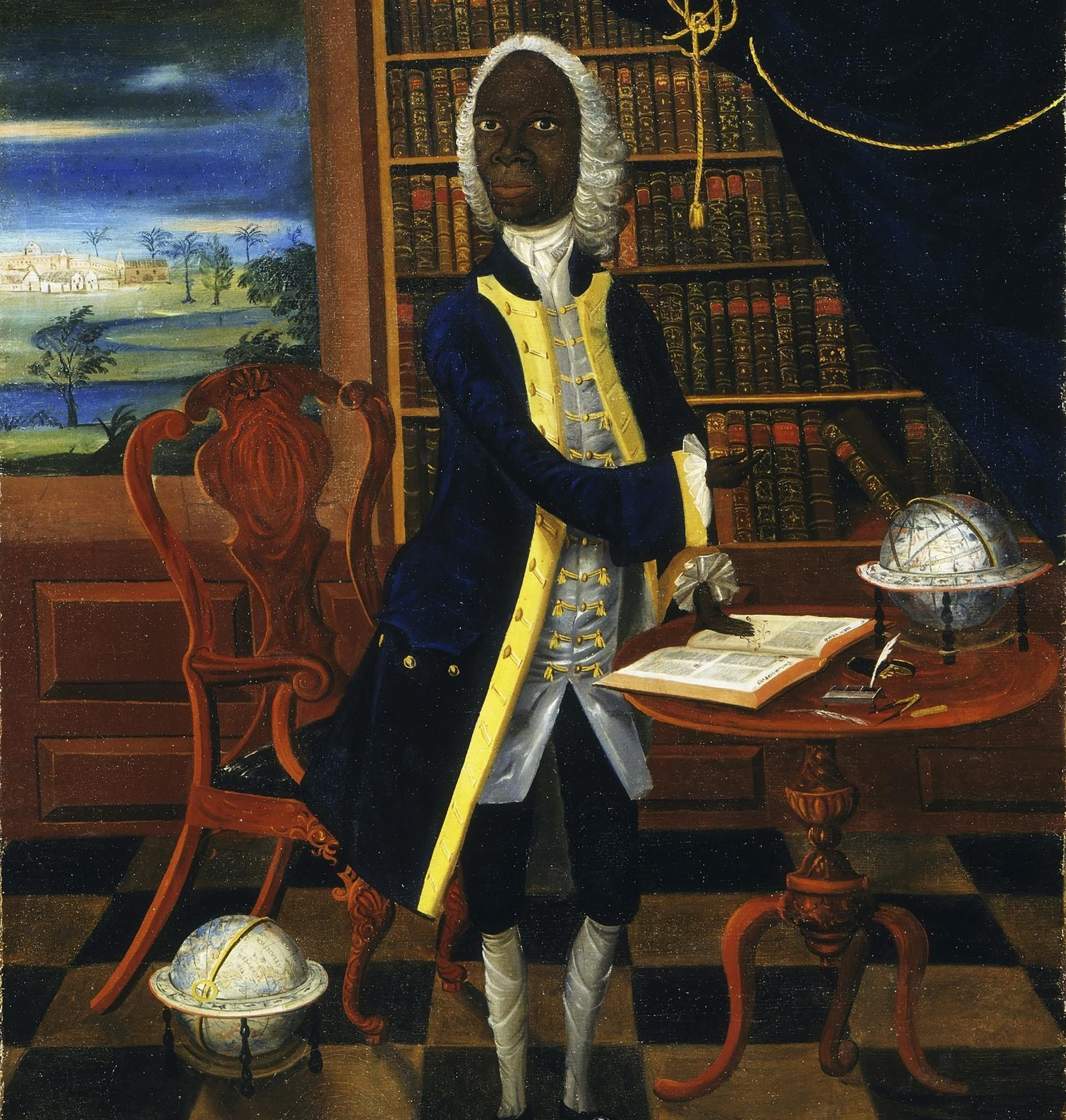Interpretations of Justinian plague
- Constantinople, May 542. According to Caesar's Procope, the plague ignited two years earlier in Ethiopia reached the capital of the Byzantine empire...

In four months, it caused 300,000 deaths, about half of the city's population. In addition to Bizantzio, pneumonic plague affected several regions of Europe, Asia and Africa, resulting in the deaths of between 25 and 50 million people, between 13 and 26% of the world's population at the time. Thus, it was one of the most serious pandemics of all time.
New technologies and discoveries have challenged this version in recent times. On the one hand, research indicates that plague originated in China. On the other hand, recently, by investigating the DNA fingerprints of the bacterium Yersinia Pestis, we've known that the pest came to the British Isles before Constantinople. This means that the disease spread more rapidly and violently in the north than in the Mediterranean. Or, in other words, it had a less than expected influence in the Byzantine Empire.
This conclusion was reached by historian Jean Durliat in 1989. According to Durliat, it was very difficult to carry out a general analysis of the plague, as it required a broad and varied analysis of the geographical and cultural scope. Durliat himself worked hard on this by analyzing, in addition to texts, works of art and archaeological, epigraphic, paleographic and numismatic sources, and concluded that the disaster caused by the plague was not so long.
New technologies have alleviated the difficulties of studying so many sources. In recent years, among other things, researchers have wanted to measure the weight of the plague using search engines. Thus, in the years 2019 and 2020 several studies were published that coincide with the interpretation of Durliat: They have come to say that it was a “minor” pandemic, “similar to current flu outbreaks.”
Recently, Cambridge University historian Peter Sarris published another study in the journal Pilot & Present. He criticizes the scepticism of recent studies. For example, it indicates that through search engines the number of sources does, but that quality is not taken into account. “The pandemic influenced social structures, the distribution of economic resources and also mentalities. And since that day we have a lot to learn.”
Therefore, for the time being, new discoveries and data, despite having helped to resolve any doubts, have served, mainly, to feed extreme interpretations.
In 2017, Indonesia and the Netherlands signed an agreement to return the heritage stolen by the European country because of colonialism for three centuries. The Indonesian responsible for the return process, Gusti Agung Wesaka Puja, explained that this agreement "was important in... [+]
Greece 1975. The country began the year as a republic, three weeks earlier, in the referendum on 8 December 1974, after the citizens decided on the end of the monarchy.
A decade earlier, in 1964, when King Paul I died, his son Constantine took the throne at the age of 23.
But... [+]
Copenhagen, 18 December 1974 At 12 noon a ferry arrived at the port, from where a group of about 100 Santa Claus landed. They brought a gigantic geese with them. The idea was to make a kind of “Trojan Goose” and, upon reaching the city, to pull the white beard costumes... [+]
Tennessee (United States), 1820. The slave Nathan Green is born, known as Nearest Uncle or Nearest Uncle. We do not know exactly when he was born and, in general, we have very little data about him until 1863, when he achieved emancipation. We know that in the late 1850s Dan... [+]
New York, 1960. At a UN meeting, Nigeria’s Foreign Minister and UN ambassador Jaja Wachucu slept. Nigeria had just achieved independence on 1 October. Therefore, Wachuku became the first UN representative in Nigeria and had just taken office.
In contradiction to the... [+]
Researchers at Johns Hopkins University have discovered several cylinders with inscriptions at the present Syrian Reservoir, the Tell Umm-el Marra. Experts believe that the signs written in these pieces of clay can be alphabetical.
In the 15th century a. The cylinders have... [+]
London 1928. At the Victoria and Albert Museum there was a very special painting: in the painting there is a black man, with wig and Levite, surrounded by books and scientific instruments. Thus it was catalogued in the Museum: “Unique satirical portrait representing a failed... [+]
Ethiopia, 24 November 1974. Lucy's skeleton was found in Hadar, one of the oldest traces of human ancestors. The Australian hominid of Australopithecus afarensis is between 3.2 and 3.5 million years old.
So they considered it the ancestor of species, the mother of all of us. In... [+]
A group of archaeologists from the University of Berkeley, California, USA. That is, men didn't launch the lances to hunt mammoths and other great mammals. That was the most widespread hypothesis so far, the technique we've seen in movies, video games ...
But the study, published... [+]
Zamora, late 10th century. On the banks of the Douro River and outside the city walls the church of Santiago de los Caballeros was built. The inside capitals of the church depict varied scenes with sexual content: an orgy, a naked woman holding the penis of a man… in the... [+]
Born 7 November 1924. A group of anarchists broke into Bera this morning to protest against the dictatorship of Primo de Rivera and to begin the revolution in the Spanish state.
Last October, the composition of the Central Board was announced between the displaced from Spain... [+]
A group of interdisciplinary researchers from the Free University of Berlin and the Zuse Institute have developed a complex mathematical model to better understand how Romanization spread in North Africa.
According to a study published in the journal Plos One, the model has... [+]
Washington (EE.UU. ), 1807. The US Constitution banned transatlantic slave trade. This does not mean that slavery has been abolished, but that the main source of the slaves has been interrupted. Thus, slave women became the only way to “produce” new slaves.
So in 1845, in... [+]
Japan, 6 and 9 August 1945, the United States launched an atomic bomb causing tens of thousands of deaths in Hiroshima and Nagasaki; although there are no precise figures, the most cautious estimates indicate that at least 210,000 people died at the end of that year. But in... [+]

























